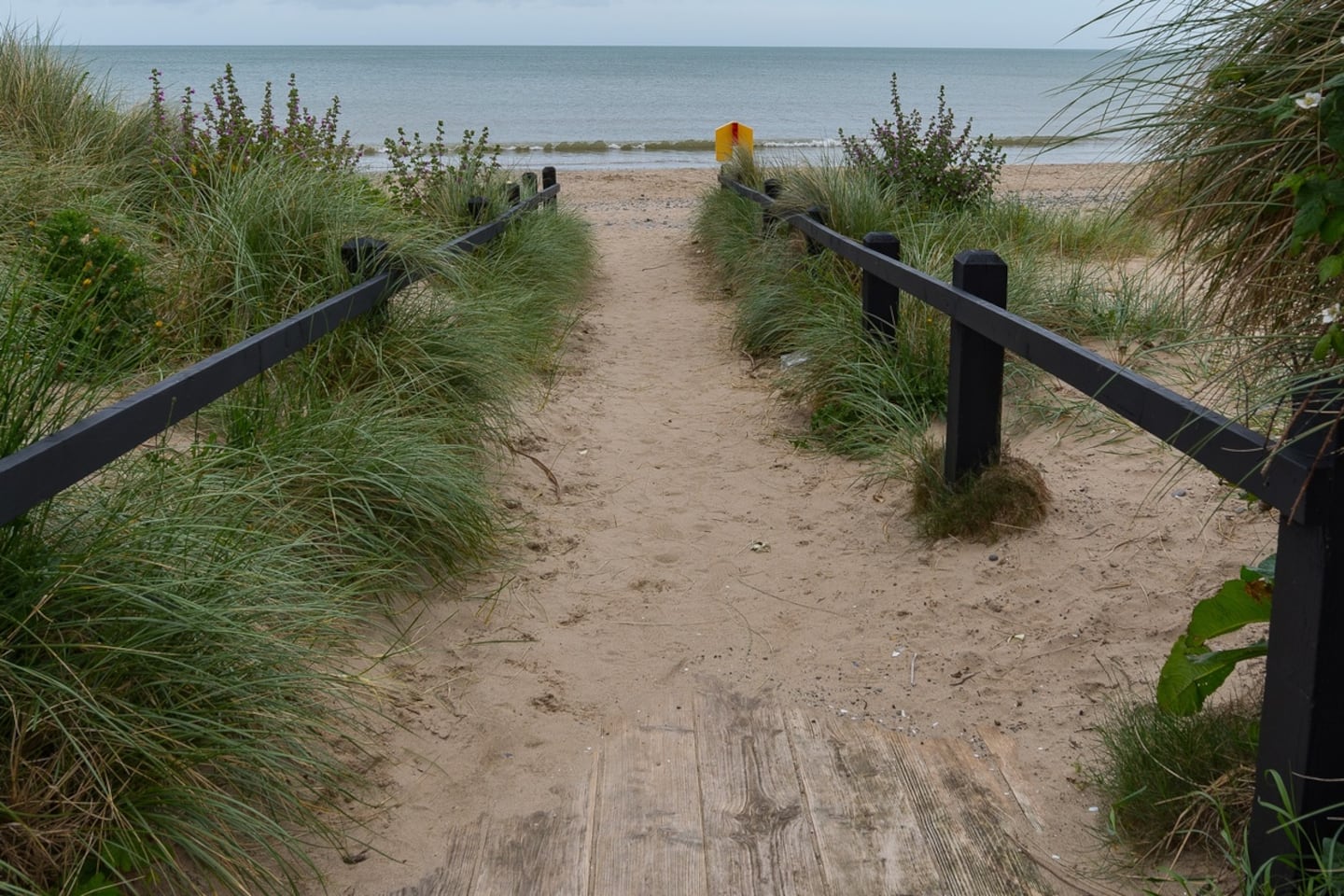ESB is eyeing new sites to store electricity after pledging to spend €300 million on existing battery facilities, according to one of the State energy group’s executives.
The company formally opened battery units at Poolbeg in Dublin on Wednesday that will back up electricity supplies at times when demand is high. Speaking afterwards, Jim Dollard, ESB’s executive director for generation and trading, noted that a similar but bigger project at Aghada, Co Cork, should begin operating shortly.
ESB is spending €300 million on battery storage facilities that will have a total capacity of 300 megawatts (MW), and Mr Dollard said that the group was likely to embark on more such projects those once those are completed.
“We’re looking at other projects,” said Mr Dollard, adding that the ESB was considering sites at its west Offaly and Lanesborough power plants for battery storage.
READ MORE
Batteries take electricity from the grid during periods when supply outstrips demand, then supply it when consumption is high. Electricity network operators use batteries to balance supplies from wind and solar power generators – which cannot be controlled as they depend on the weather – with demand from customers.
The Poolbeg batteries have a capacity of 75MW, and can supply power for two hours, which translates as 150 megawatt hours in industry terms. ESB built the battery plant at a cost of around €75 million, working with New York-listed energy storage specialist Fluence, Irish engineers Kirby Group and national grid operator EirGrid.
Mr Dollard explained that the batteries would support grid stability and allow more renewables on the Irish electricity system.
Eamon Ryan, Minister for the Environment, Climate and Communications, predicted that energy storage would play a key role in balancing Ireland’s “new home-grown power supply”.
Responding to recent calls to open Irish territorial waters to floating offshore wind developers, Mr Ryan pledged that the State would ultimately do this but needed fixed offshore projects to be delivered. “We will go deep water – in Ireland it makes such sense, because that’s where the resource is.”
European and Irish power companies plan to build wind farms off the east coast capable of generating 5,000MW of electricity, while the Government and EirGrid are working on plans for a second offshore phase destined for the south coast.
Mr Ryan stressed that these plans remained the State’s priority. He also pointed out that squeezes on equipment globally continued to hinder offshore development.
Floating offshore turbines, mounted on platforms anchored to the seabed, generate more electricity for longer than the fixed models built close to the coast as they are placed much further out to sea where it is windier.
Meanwhile, Bobby Smith, head of industry group, Battery Storage Ireland, welcomed the Poolbeg project, saying such developments were crucial to meeting renewable electricity targets.














